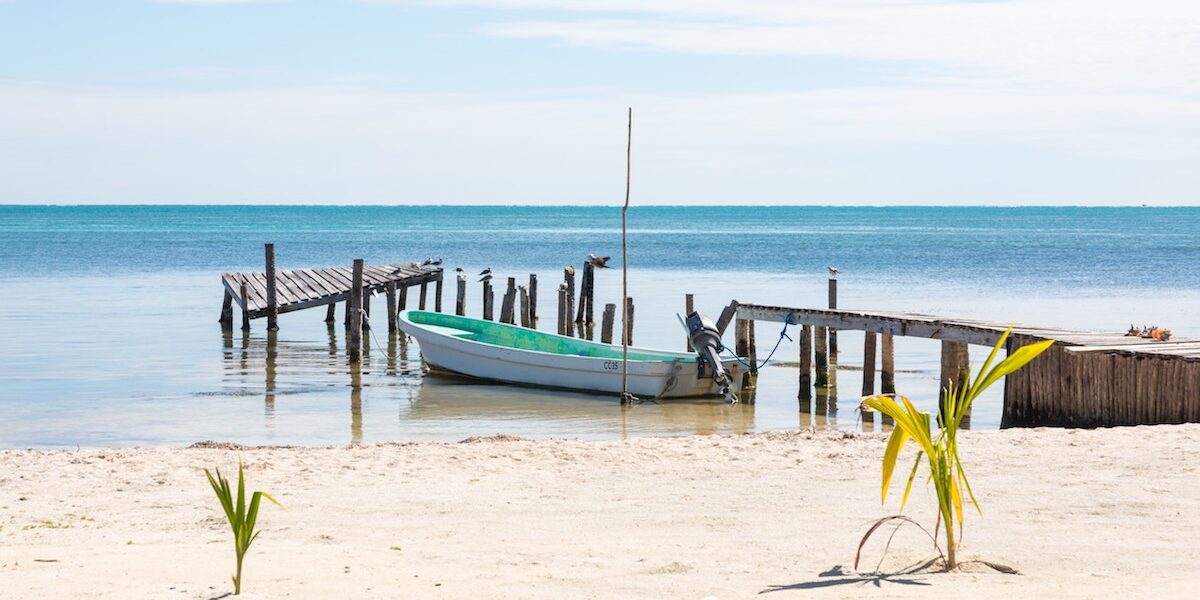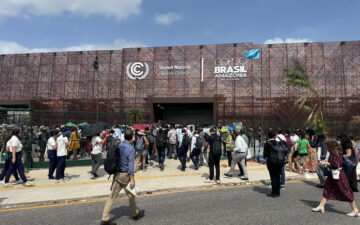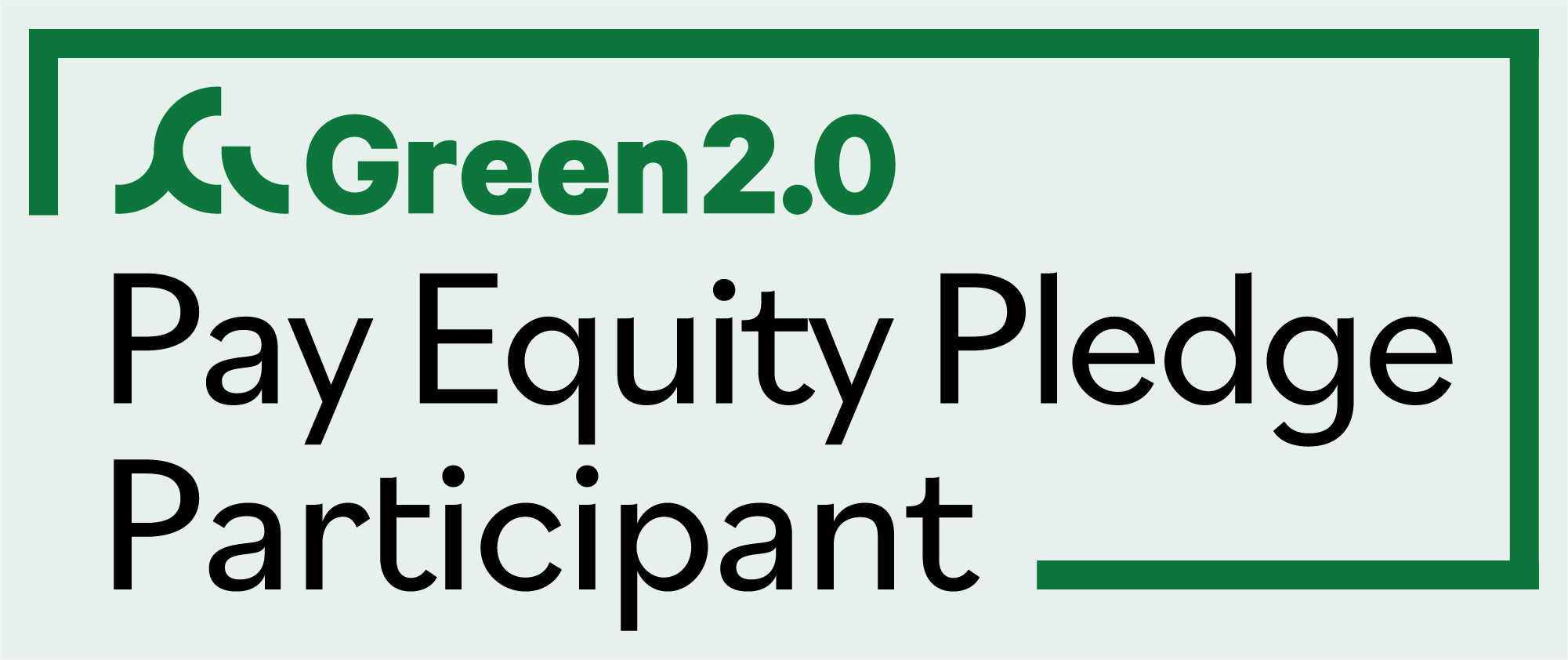by Michael Bourie, TOF Intern
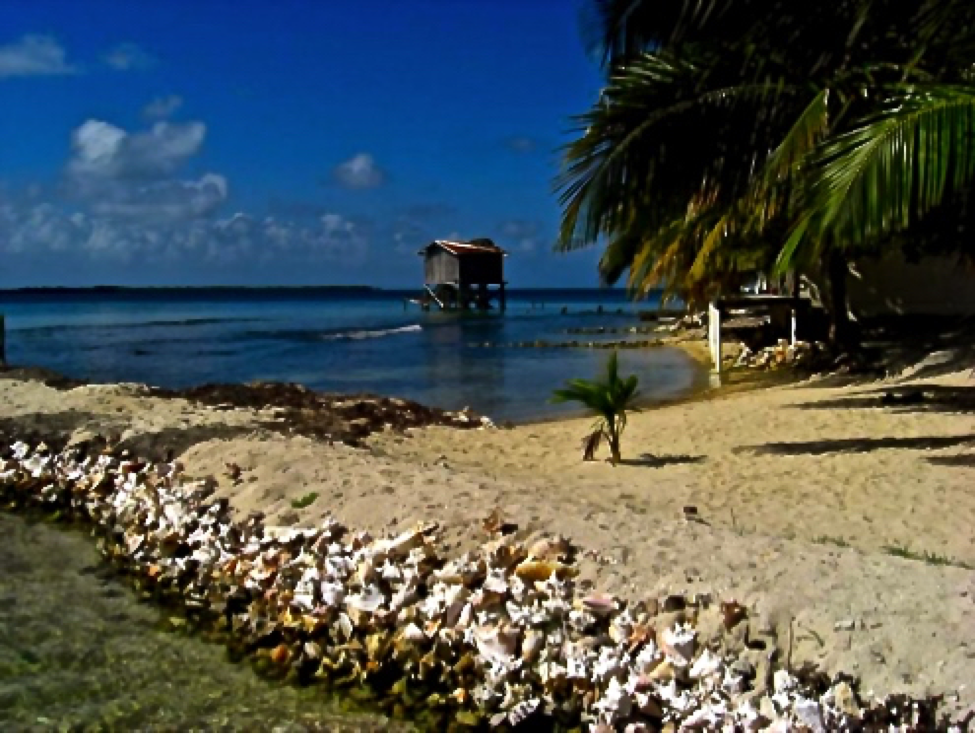 After spending last Christmas bundled up inside avoiding the snow, I decided to spend this past winter season in the Caribbean taking a tropical marine ecology field course through the Institute for Sustainable International Studies. I spent two weeks living on Tobacco Caye off the coast of Belize. Tobacco Caye has developed right on the Mesoamerican Barrier Reef. It is roughly four square acres and has fifteen permanent residents, yet still manages to have, what locals refer to as, a “highway” (although there is not one motor vehicle on the caye).
After spending last Christmas bundled up inside avoiding the snow, I decided to spend this past winter season in the Caribbean taking a tropical marine ecology field course through the Institute for Sustainable International Studies. I spent two weeks living on Tobacco Caye off the coast of Belize. Tobacco Caye has developed right on the Mesoamerican Barrier Reef. It is roughly four square acres and has fifteen permanent residents, yet still manages to have, what locals refer to as, a “highway” (although there is not one motor vehicle on the caye).
Roughly ten miles from the nearest mainland port town of Dangriga, Tobacco Caye is removed from the typical, everyday lifestyle of Belize. After Hurricane Mitch struck in 1998, much of the infrastructure on Tobacco Caye was damaged. Many of the few lodges on the caye are still undergoing restoration.
Our time on the caye was not wasted. Between the multiple snorkels per day, either directly off the shore and docks, or a quick boat ride away, lectures in the Tobacco Caye Marine Station, climbing of coconut trees, interactions with the local community, and the occasional nap in a hammock, we were constantly immersed in learning about the marine systems of the Mesoamerican barrier reef.
Although we learned a semester’s worth of information over two weeks, three things in particular stuck out to me about Tobacco Caye and its marine conservation efforts.
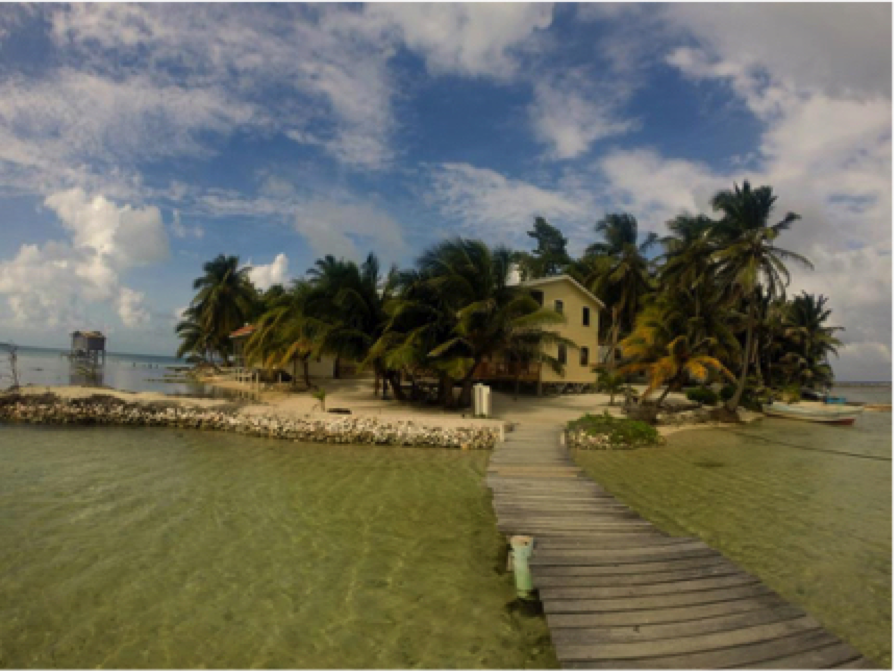
First, the locals have created a conch shell barrier surrounding the caye in an attempt to prevent further erosion. Each year, the shoreline decreases and the already small caye becomes even smaller. Without the dense mangrove population that used to dominate the island before human development, the shore is exposed to excessive wave erosion, especially during storm season. The residents of tobacco caye are either help with the upkeep of the lodges, or they are fishermen. The most common and popular catch for a fisherman of Tobacco Caye is conch. When they return to the caye, they remove the conch from the shell and toss the shell on the shore. Years of this practice have actually created a formidable barrier for the shore. It is a great example of the local community joining together to help preserve the caye in a sustainable and eco-friendly manner.
Second, the government of Belize established the South Water Caye Marine Reserve in 1996. All the fishermen of Tobacco Caye are artisanal fishermen and were used to fishing right off the shore. However, with Tobacco Caye lying in the marine reserve, they know have to travel close to a mile off the shore to fish. Although many of the fishermen are frustrated at the inconvenience of the marine reserve, they are beginning to see its effectiveness. They are noticing regrowth of diverse fish populations they have not seen since they were children, the size of spiny lobsters, conch, and numerous reef fish closer to shore increasing, and according to one resident’s observation, an increased number of marine turtles nesting on the Tobacco Caye shore for the first time in about ten years. It may be a slight inconvenience for the fishermen, but the marine reserve is clearly having a significant, positive impact on the marine ecosystem.
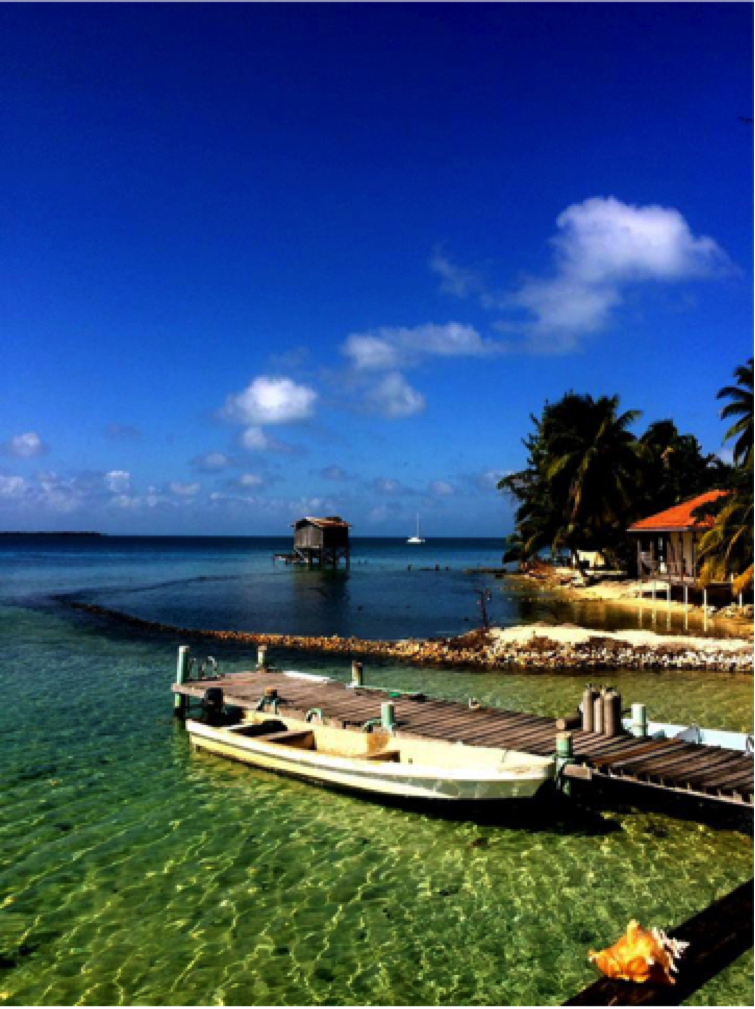
 Third, and most recently, the invasion of lionfish is affecting many other fish populations. The lionfish is not native to the Atlantic Ocean and therefore has very few natural predators. It is also a carnivorous fish and feeds on many of the fish native to the Mesoamerican Barrier Reef. In an effort to combat this invasion, local marine stations, such as the Tobacco Caye Marine Station, promote lionfish in the local fish markets to increase the demand and hopefully persuade fishermen to begin actively fishing for large quantities of this venomous fish. This is yet another example of simple steps the communities on the cayes of Belize are taking to improve and conserve this important marine ecosystem.
Third, and most recently, the invasion of lionfish is affecting many other fish populations. The lionfish is not native to the Atlantic Ocean and therefore has very few natural predators. It is also a carnivorous fish and feeds on many of the fish native to the Mesoamerican Barrier Reef. In an effort to combat this invasion, local marine stations, such as the Tobacco Caye Marine Station, promote lionfish in the local fish markets to increase the demand and hopefully persuade fishermen to begin actively fishing for large quantities of this venomous fish. This is yet another example of simple steps the communities on the cayes of Belize are taking to improve and conserve this important marine ecosystem.
Although the course I took was through a university program, it is an experience in which any group can partake. The mission of Tobacco Caye Marine Station is “to provide experiential learning education programs for students of all ages and nationalities, training of local community members, public service, and the support and conduct of scholarly research in the marine sciences,” a mission I believe is vital for everyone to follow to see our global marine ecosystem prosper. If you are looking for an unBELIZEable (sorry, I had to say it at least once) destination to learn about our world ocean, Tobacco is the place to be!
Photos courtesy of Michael Bourie
Image 1: Conch shell barrier
Image 2: view from Reef’s End Tobacco Caye
Image 3: Tobacco Caye
Image 4: Mufasa the Lionfish
